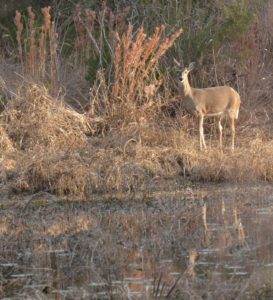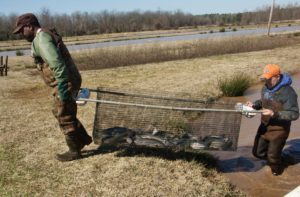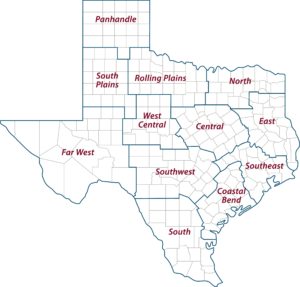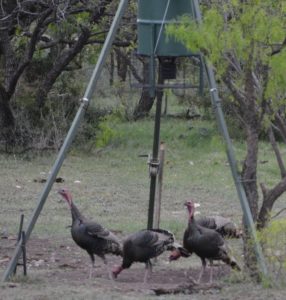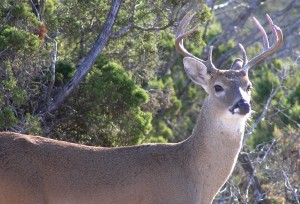- Writer: Adam Russell, 903-834-6191, adam.russell@ag.tamu.edu
- Contact: Larry Pierce, 903-834-6191, lpierce@ag.tamu.edu
OVERTON – The deadline to participate in 2018 East Texas Texas Master Naturalist classes is rapidly approaching – Jan. 22. Classes begin Jan. 30 and conclude April 17.
Classes run from 6-9 p.m. on consecutive Tuesdays at the Tyler Nature Center, 11942 Farm-to-Market Road 848 in Tyler. There will also be one Saturday class and three Saturday field trips.
The East Texas Master Naturalist program is a chance to learn about the natural world and its preservation for future generations. (Texas A&M AgriLife Extension Service photo by Steve Byrns)
“If you want to learn about our rich East Texas ecosystem and volunteer with like-minded people, this program is for you,” said Larry Pierce, Texas A&M AgriLife Extension Service regional program leader, Overton.
“Whether you are into bugs, birds or botany, you will enjoy these classes and the fun ways Master Naturalists find to enjoy the outdoors while helping preserve natural treasures for future generations.”
The program is sponsored by AgriLife Extension and Texas Parks and Wildlife. It is for residents in Smith, Cherokee, Anderson, Henderson, Van Zandt, Rains, Upshur, Gregg, Rusk and Wood counties.
Cost is $150, which covers tuition, materials, instruction and more.
The program includes more than 40 hours of classroom study and field trips. Classes cover topics such as wetland ecology, forest ecology and tree identification, mammalogy, herpetology, ornithology, plants, geology, archeology and more.
For more information and an application, contact Beverly Guthrie, East Texas chapter member, at finwren@sbcglobal.net, or visit the Texas Master Naturalist website http://txmn.org/etwd/.
“We’ve really stepped up the list of instructors to offer a great program,” Guthrie said. “I’ve heard many times that going through the program is a life-changing experience.”
-30-
